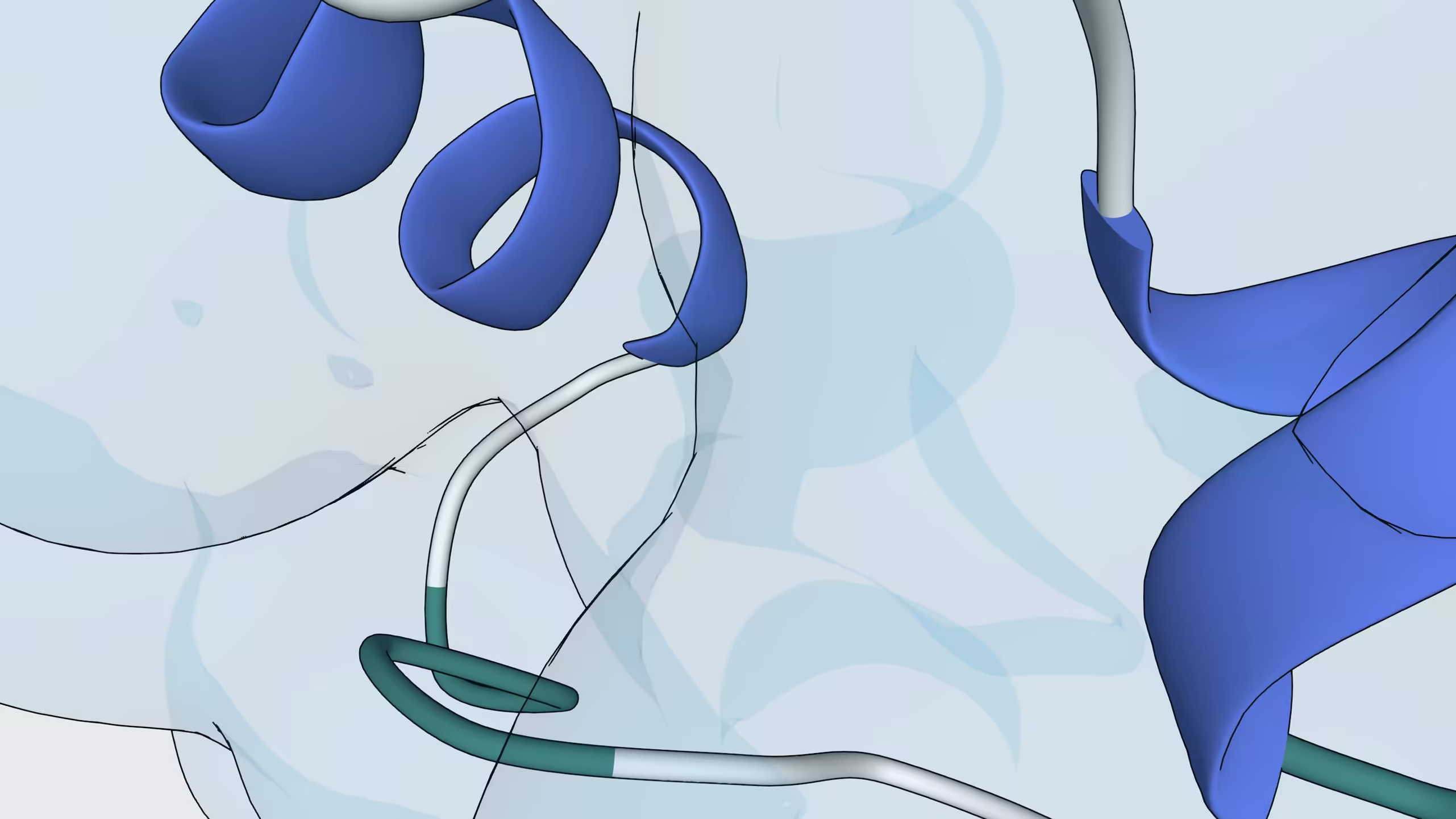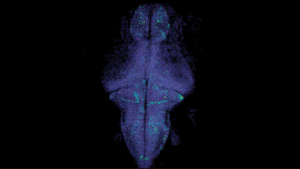Cutting-Edge AI Model Surpasses AlphaFold in Protein Prediction Accuracy

Chai Discovery Introduces Chai-1: A Breakthrough in Biomolecular Structure Prediction
Chai Discovery, an innovative AI startup focusing on drug research, has recently launched Chai-1, a cutting-edge model designed to predict complex biomolecule structures. The company asserts that Chai-1 surpasses existing prediction methodologies in various aspects, aiming to streamline the drug research process significantly.
Understanding Biomolecular Structures
The three-dimensional arrangement of biomolecules, such as proteins and nucleic acids, plays a vital role in understanding their functions and interactions. By grasping these structures, researchers can develop new drugs that specifically target certain molecules within the body.
Chai-1 employs machine learning techniques similar to those used by DeepMind’s AlphaFold series. It infers the 3D structures of proteins and other biomolecules based solely on their genetic sequences. This model has been trained on extensive datasets of structural information, allowing it to predict the structures of unknown biomolecules effectively.
Performance Metrics of Chai-1
The developers of Chai-1 have reported impressive performance outcomes in various predictive tasks, including:
- Protein-Ligand Complexes: The model boasts a 77% success rate in predicting how small molecules bind to proteins.
- Protein-Protein Interactions: With a success rate of 75.1%, Chai-1 outperforms the previous leading model, AlphaFold Multimer 2.3, which recorded 67.7%.
- Antibody-Protein Complexes: Chai-1 excels here as well, achieving a 52.9% success rate, significantly higher than AlphaFold Multimer 2.3’s 38%.
- Protein Folding: For the folding of individual proteins, Chai-1 slightly surpasses AlphaFold 2.3, indicating its reliability in structural predictions.
Unique Capabilities of Chai-1
One of the standout features of Chai-1 is its effectiveness in generating accurate predictions without relying on multiple sequence alignments (MSAs), a common necessity in other models. This capability is particularly useful in cases where evolutionary sequence data is lacking. In such scenarios, Chai-1 can still produce comparable results to models that do use additional sequence information.
Moreover, Chai-1 can integrate experimental data, which enhances its predictive accuracy. For instance, providing the model with contact points between two interacting proteins allows it to refine its predictions significantly.
Access and Usability
Chai Discovery is committed to transparency and collaboration in the scientific community. The company plans to make the weights and code of the Chai-1 model available for non-commercial use. Additionally, they provide a web interface tailored for commercial applications in drug research, enabling researchers to utilize the model effectively in their studies.
Visual Representation of Chai-1 Architecture
To illustrate the functionalities of Chai-1, the model features an architecture that allows various types of input data, including language model embeddings, structure templates, and experimental data. This diverse input set contributes to its robust performance in predicting biomolecular structures.
Additional Resources
For those interested in exploring the capabilities of Chai-1 further, the model’s weights and code are accessible through its GitHub repository. This initiative is aimed at fostering collaborative research and development in the field of drug discovery and biomolecular study.
Overall, Chai-1 represents a significant advancement in the field of biomolecular prediction, with the potential to accelerate drug research and enhance our understanding of molecular interactions. With its superior accuracy and innovative features, Chai-1 is poised to make a lasting impact on the scientific community.






